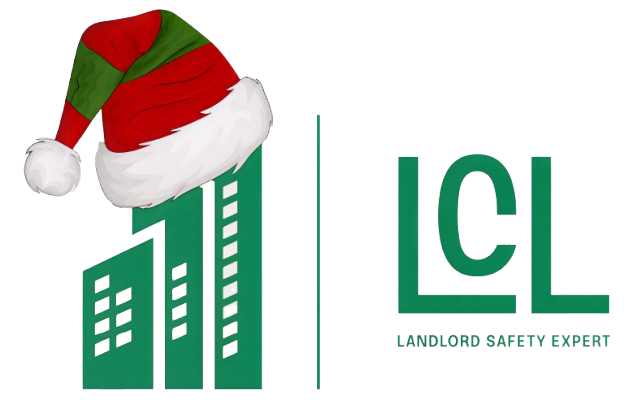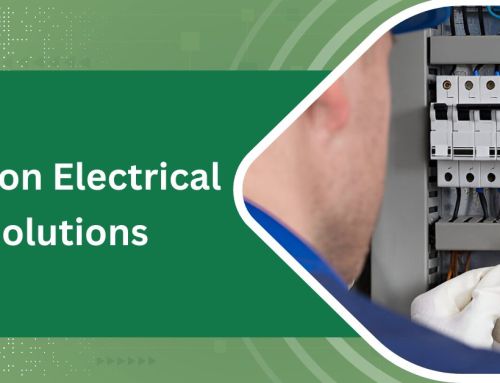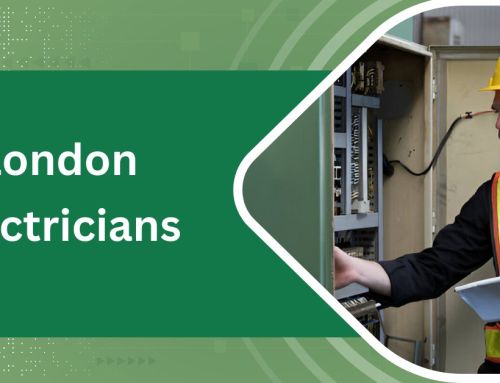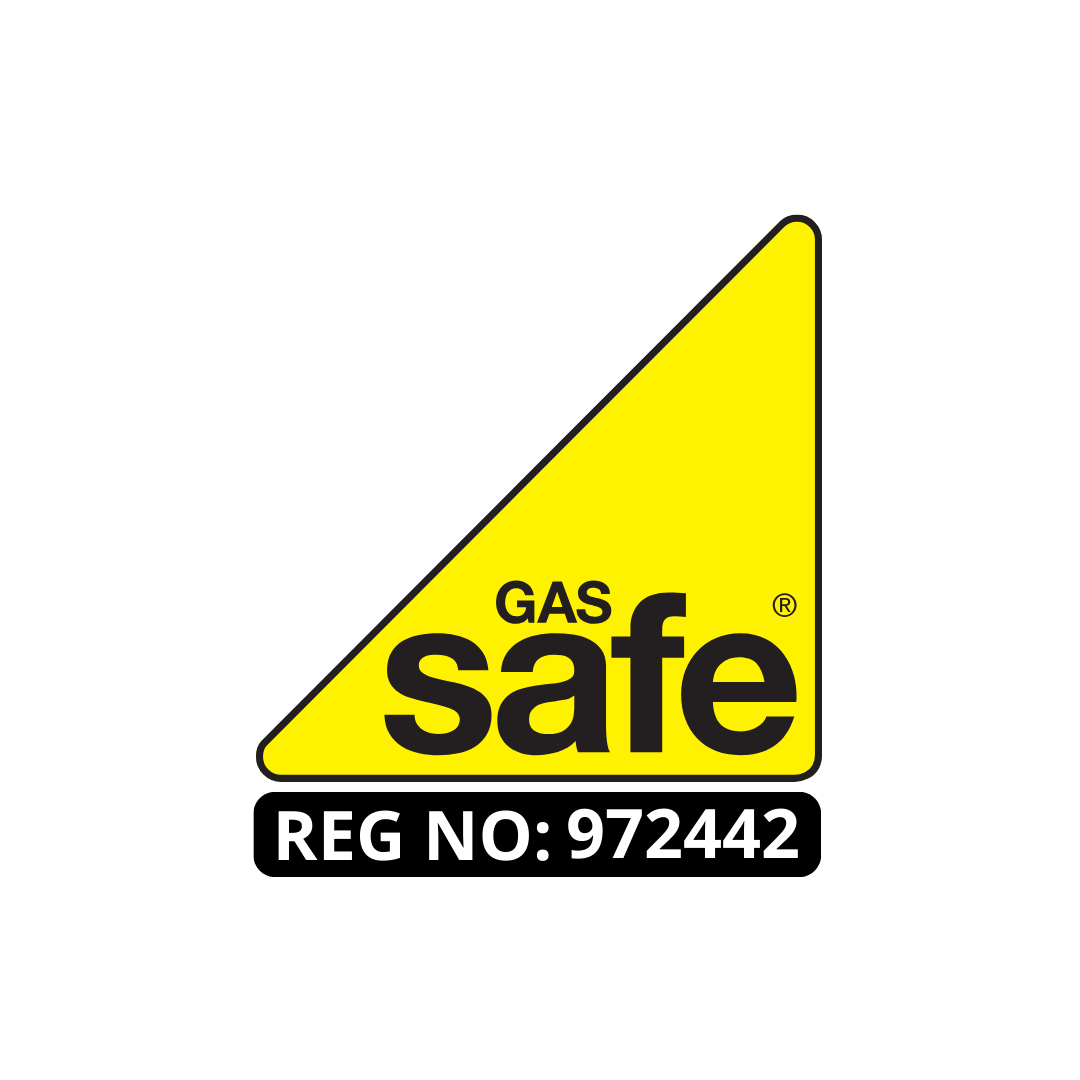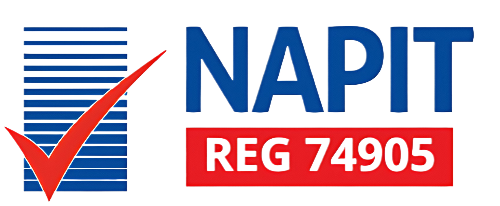
So, you think you know all about EICR reports?

Let me shed some light on this crucial document that holds the key to ensuring electrical safety in buildings.
From uncovering hidden hazards to providing actionable insights, an EICR report goes beyond just a mere inspection.
Stay tuned as we unravel the intricacies of EICRs and their vital role in maintaining a secure electrical environment.
Understanding the EICR Report
Understanding the EICR Report entails a detailed analysis of the condition and safety of electrical installations through comprehensive inspections and testing procedures. The Report format is structured to present findings from thorough Testing procedures conducted during the inspection. It includes detailed Safety recommendations based on the Inspection findings to ensure Electrical compliance with regulations and standards.
The report highlights any issues or concerns discovered, categorizing them into severity codes such as C1, C2, C3, and FI. Immediate attention is needed for critical issues marked as C1, while other findings prompt necessary corrective actions. The Report format provides a clear overview of the condition of the electrical installation, outlining specific areas that require attention.
It serves as a crucial document for understanding the current state of the electrical system and guides towards maintaining a safe and compliant environment.
Significance of EICR Reports
Moving from analyzing the condition and safety of electrical installations through detailed inspections in the previous subtopic, the focus shifts to the crucial role that EICR reports play in ensuring electrical compliance and safety standards. EICR Reports are essential documents that highlight the condition of electrical installations, identifying faults, ensuring compliance with safety regulations, and outlining maintenance checks. These reports are crucial for fault identification, necessary for maintaining electrical standards, and for meeting compliance requirements. Here is a breakdown of the significance of EICR Reports:
| Significance of EICR Reports |
| ————————– | ————————– |
| 1. Safety regulations | 4. Fault identification |
| 2. Electrical standards | 5. Compliance requirements |
| 3. Maintenance checks | |
EICR Reports serve as a cornerstone in electrical safety, providing detailed insights into the condition of installations, ensuring adherence to standards, identifying faults, and meeting regulatory requirements.
EICR Inspection Duration and Process
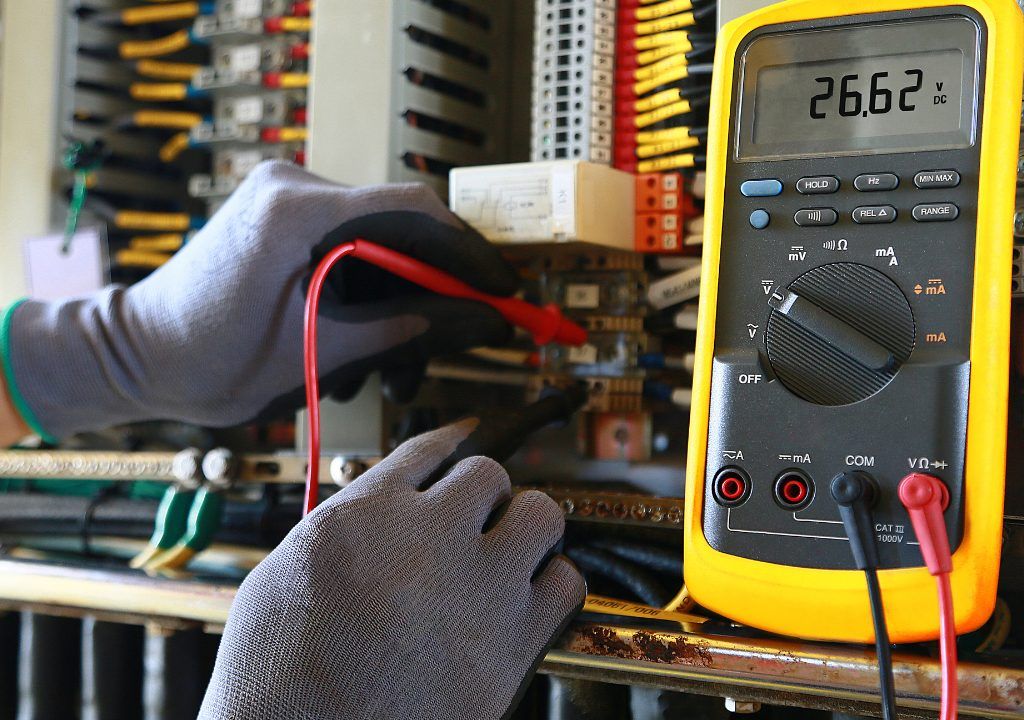
The EICR inspection process entails assessing the duration required and the specific steps involved in evaluating the electrical installation. Inspection guidelines dictate the thorough examination of wiring, fuse boards, switches, and sockets following safety standards and compliance regulations.
Testing procedures involve visual inspections for damage, Earth Continuity checks to measure cable resistance, Insulation Resistance tests for wiring integrity, and Functional Checks like RCD testing for safety assurance. Electrical maintenance is crucial, ensuring the system’s proper functioning and identifying potential hazards.
Compliance regulations guide the inspection process to adhere to industry standards and maintain electrical safety. Understanding the complexity of the electrical system, its age, size, and operational demands impacts the assessment duration. Factors such as the number of distribution boards and occupied ways determine the extent of the inspection required, with large installations often necessitating a site survey for accurate evaluation.
The surveyor’s expertise plays a vital role in advising on the appropriate inspection time.
Details Provided by EICR Reports
Inspectors conducting EICR assessments provide a detailed analysis of the electrical installation’s condition, outlining safety compliance and identifying areas for improvement. The EICR report is a crucial document that summarizes the safety status of the electrical system, pinpointing any faults, compliance issues, and safety risks. It includes detailed information on electrical safety, wiring assessment, compliance standards, fault identification, and safety recommendations. Here is a breakdown of the details typically provided in an EICR report:
| Category | Details |
|---|---|
| Electrical Safety | Assessment of overall electrical safety |
| Wiring Assessment | Examination of wiring conditions |
| Compliance Standards | Evaluation of adherence to regulations |
| Fault Identification | Identification of electrical faults |
| Safety Recommendations | Suggestions for improving safety measures |
The EICR report serves as a roadmap for addressing electrical issues, ensuring the safety and compliance of the installation. It is a valuable tool for property owners and managers to maintain a secure electrical environment.
Insights About Plant and Safety Limited
Operating as part of the LB International Group within the UK, Plant and Safety Limited offers a comprehensive range of Inspection, Testing, Certification, and Training Services. Plant and Safety Limited specializes in providing top-notch Inspection Services that adhere to the highest Compliance Standards. Their team of skilled Electrical Engineers ensures that all inspections are conducted with precision and accuracy, guaranteeing compliance with regulatory requirements.
Moreover, Plant and Safety Limited is renowned for its Certification Training programs, equipping individuals with the necessary knowledge and skills to excel in the field of electrical safety. Their training courses cover a wide array of topics essential for maintaining safety standards and regulatory compliance.
With a strong emphasis on quality and professionalism, Plant and Safety Limited has established itself as a trusted provider of compliance services. Whether it’s conducting inspections, offering certification training, or ensuring safety in various industrial settings, Plant and Safety Limited stands out as a national leader in the field.
The Cost and Competency for EICRs
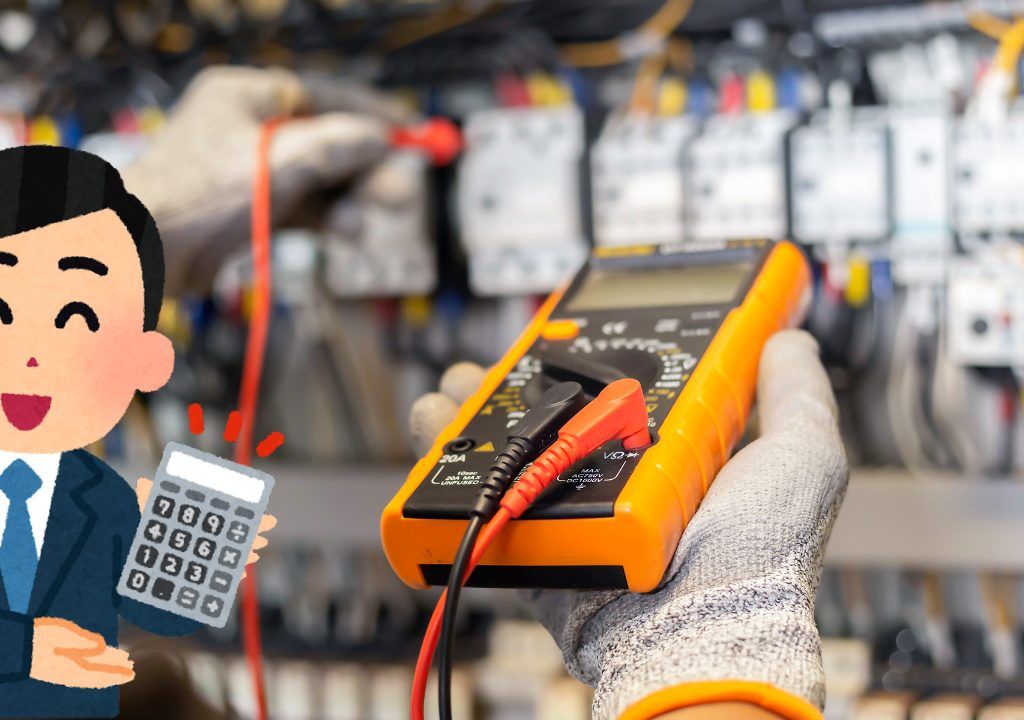
Plant and Safety Limited’s expertise in electrical inspections seamlessly extends to ensuring the cost-effectiveness and competency required for Electrical Installation Condition Reports (EICRs). Cost analysis for EICRs typically ranges from £200-£250, varying based on factors like property size, testing extent, and location.
EICRS must be conducted by qualified electricians to meet inspection standards and compliance requirements. Electrician expertise ensures a thorough understanding of periodic codes essential for accurate EICR assessments. Compliance with safety regulations is paramount to guarantee the safety and integrity of electrical installations.
The Essential Role of EICRs
What critical function do Electrical Installation Condition Reports (EICRs) serve in ensuring electrical safety and compliance? EICRs play a pivotal role in upholding safety standards, ensuring electrical compliance, conducting risk assessments, identifying faults, and maintaining installation integrity. Here is a breakdown of the essential functions of EICRs:
| Critical Function | Description |
|---|---|
| Safety Standards | EICRs assess if electrical installations meet established safety standards to prevent hazards. |
| Electrical Compliance | They ensure that electrical systems comply with regulations and guidelines for safe operation. |
| Risk Assessment | EICRs conduct thorough risk assessments to identify potential dangers and mitigate safety risks. |
| Fault Identification | Through detailed inspections, EICRs pinpoint faults in the electrical system for timely rectification. |
| Installation Integrity | EICRs verify the integrity of the installation, ensuring that all components function correctly and safely. |
Our Pricing
| Our Electrical Safety Certificate Prices |
|---|
| Studio Apartment £67.99 |
| 1 – 3 Bedroom £94.99 |
| 4 Bedroom £104.99 |
| 5 Bedroom £139.99 |
Check Out Our Other Services
| EICR | Commercial EICR | Emergency Light Certificate |
|---|---|---|
| Electrical Diagnostic | PAT Testing | Fuse Box Installation |
Conclusion
In conclusion, the EICR report stands as a crucial tool in ensuring electrical safety and compliance within buildings. Through meticulous evaluation and detailed analysis, this report provides essential insights into the condition of a property’s fixed electrical system.
By highlighting potential hazards and recommending necessary improvements, EICRs play a vital role in preventing electrical fires and maintaining a secure environment. It’s imperative for property owners to prioritize regular EICR inspections to uphold safety standards and mitigate risks effectively.
About the Author: LandlordCertificate
Related Posts
Get Social
Recent Posts
- Fire Risk Assessment London Complete Guide to Compliance and Legal Responsibilities
- The Role of EICR London in Maintaining Safe Properties
- Fire Safety Report as a Smarter Way to Prove Compliance
- EICR Test and Modern Challenges in Property Safety
- Gas Safety Certificates: A Complete Guide for Property Professionals
